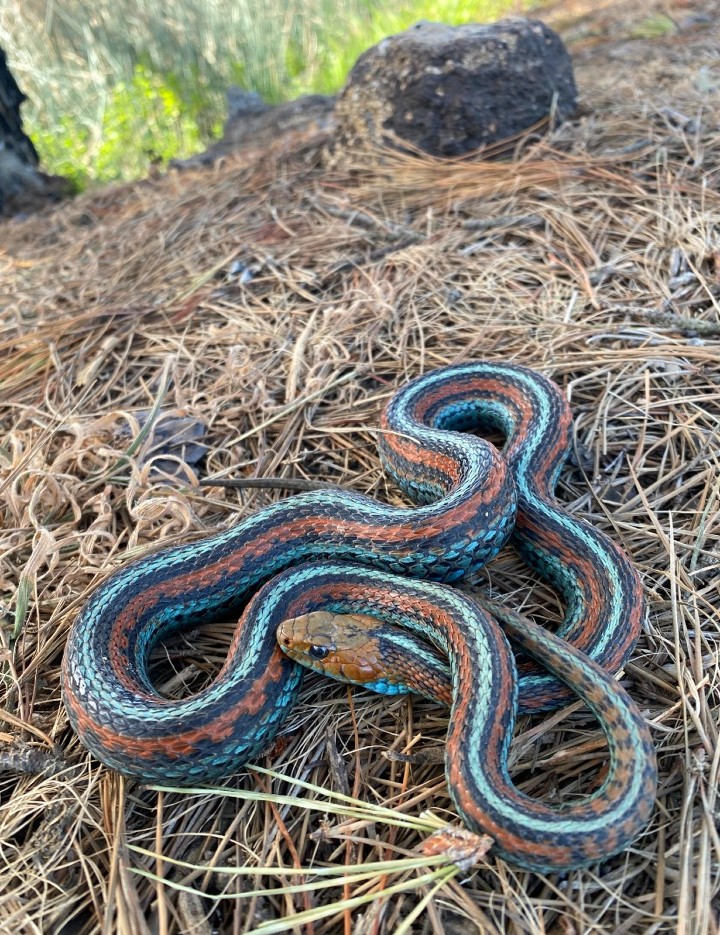SANTA CRUZ COUNTY
Herp habitat.
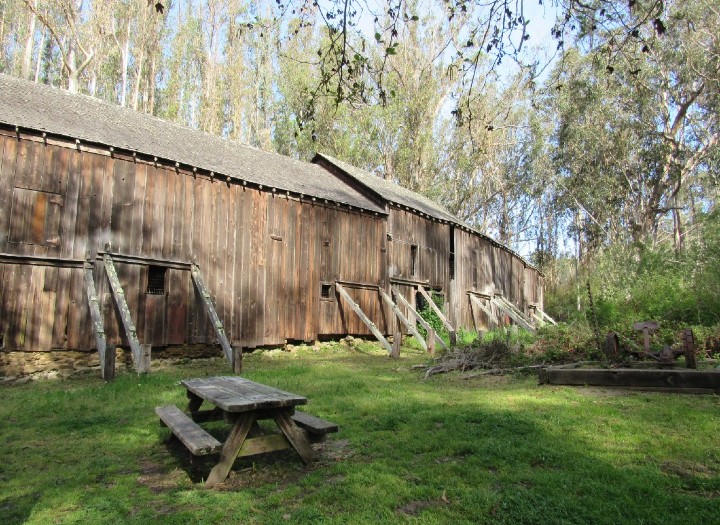
Western Yellowbelly Racer - This species is active by day and will take shelter under rocks, brush or in animal burrows if pursued. As the name implies, they can move very fast – especially through tall grass or brush.
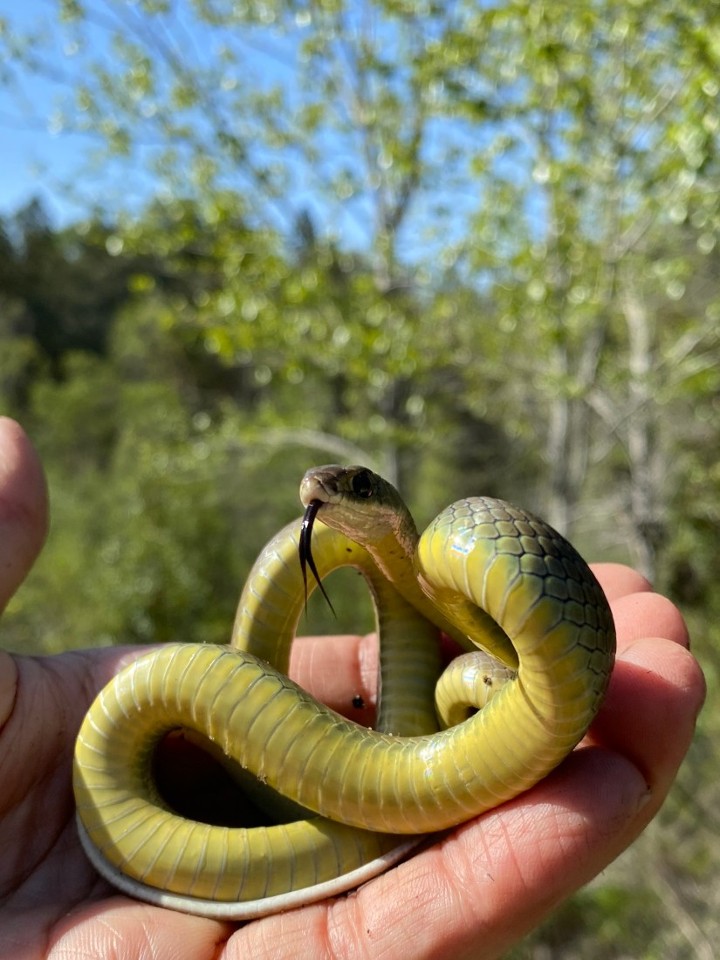
Mockingbirds are highly skilled mimics that can imitate many calls of other bird species so well that even experienced birders can be fooled. They don’t limit their abilities to just bird calls – human whistles, truck backup beeps and sirens are all in their range of sound reproduction.
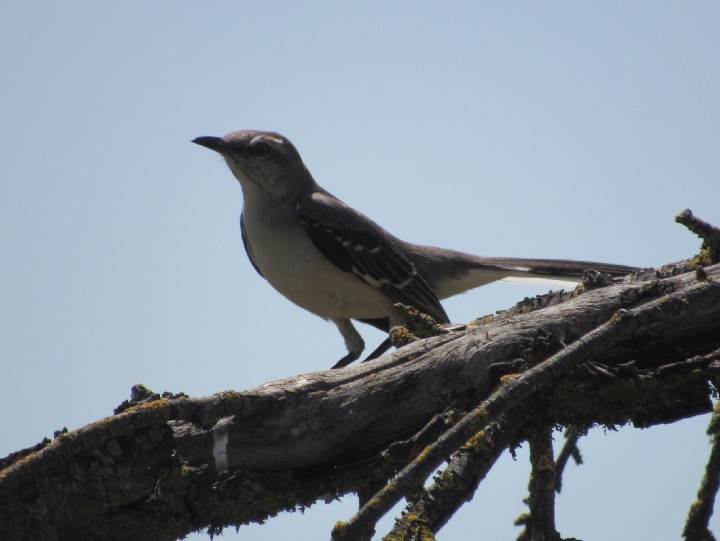
False Tarantulas occur all over California from sea level to the high Sierra Nevada Mountains. Their reclusive habits and nocturnal behavior keep them hidden from view most of the time, so they aren’t commonly encountered.
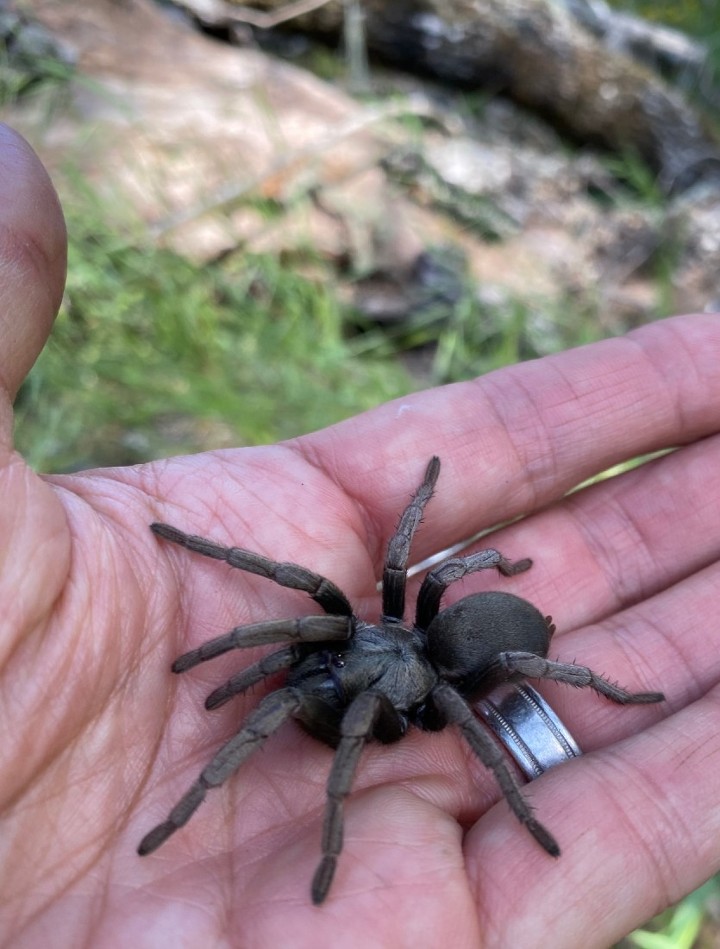
Side-blotched Lizards can be found in a wide variety of arid and semi-arid habitats with scattered shrubs growing in soil may be sandy, gravelly or rocky. The species is often found in sandy washes with scattered rocks and bushes.
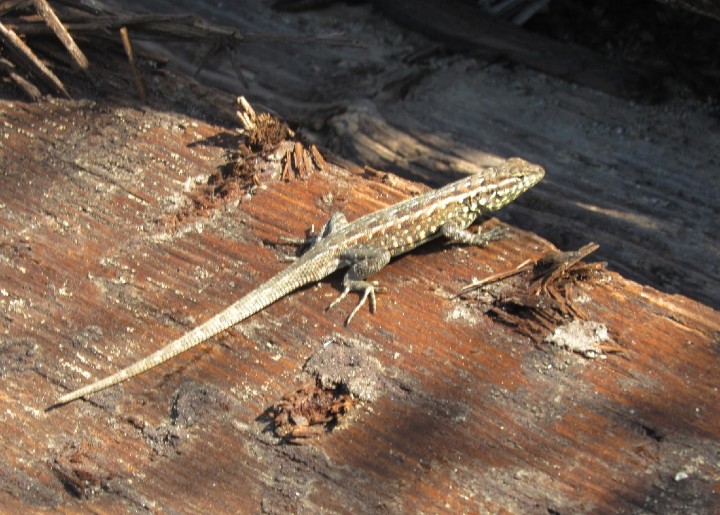
Southern Alligator Lizards are thought to be more closely related to snakes than most other species of lizards. Like snakes, they shed their skin in a single intact piece by turning it inside out as they crawl out of it.
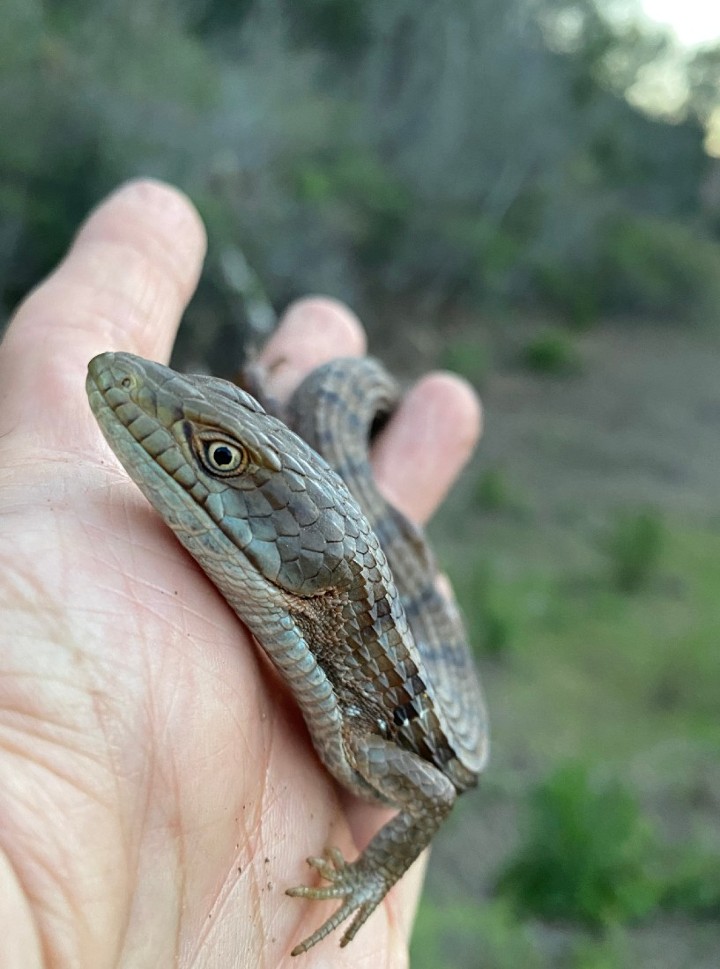
The Northern Pacific Rattlesnake preys upon small mammals, birds and lizards. It uses its tongue and heat sensing pits (the holes in its face between the eyes and nostrils) to hunt.
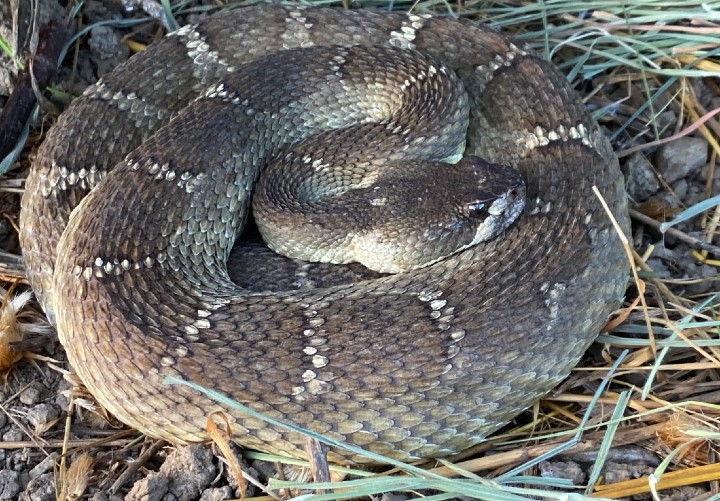
Herp habitat.
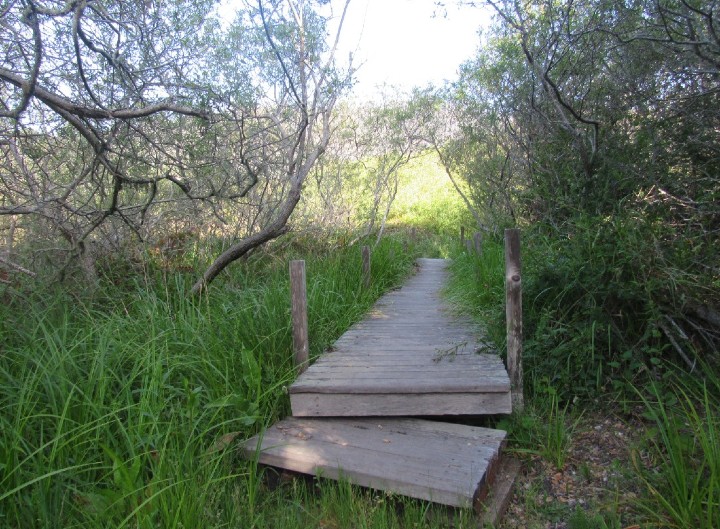
The California Common Scorpion is adapted to a variety of habitats, existing comfortably in the desert scrub as well as the sandy coastline.
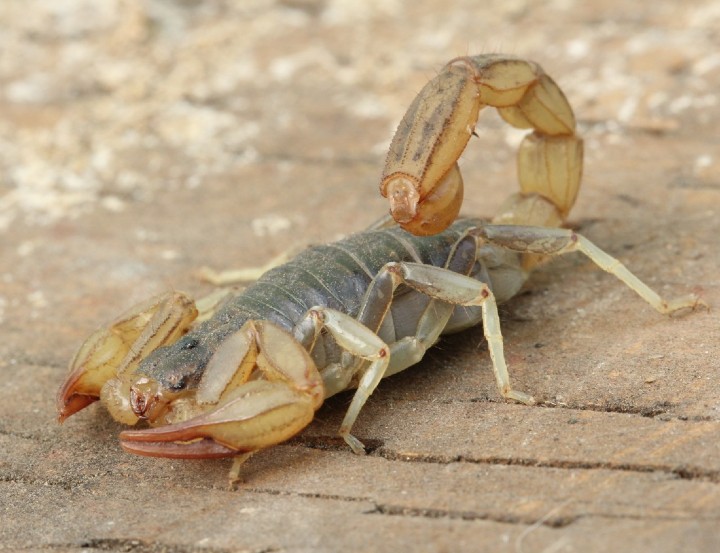
Although Pacific Gopher Snakes can grow seven feet in length, most adults that I find are about half that size. I tend to find them in habitats such as meadows, fields and agricultural farmland; they are seldom found in dense forests.
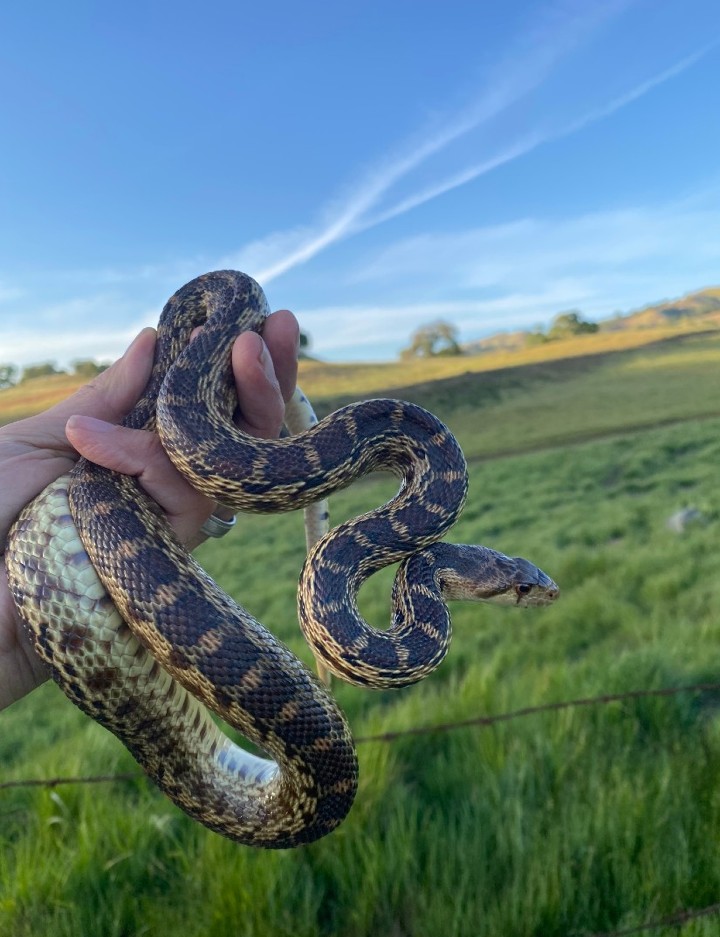
Wild Boar are among the most destructive invasive species in the United States. Today, these mammals are a combination of escaped domestic pigs, Eurasian Wild Pigs and hybrids of the two.
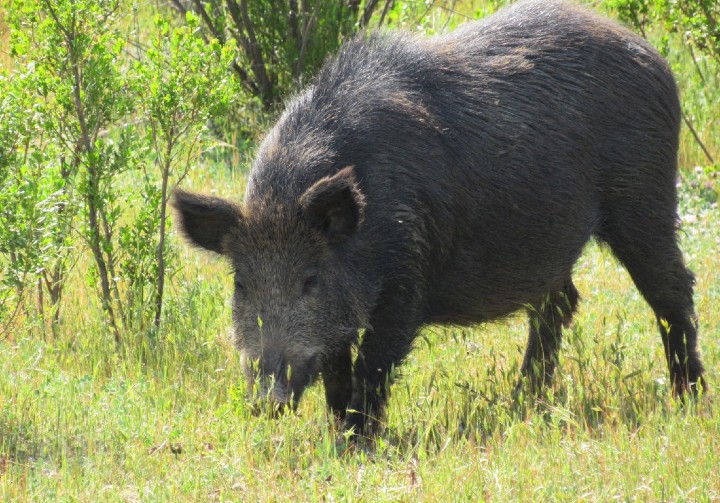
One of the most rare and elusive snakes in North America is the San Francisco Garter Snake. Not only are its numbers greatly reduced (it has been officially designated as “endangered” on state lists in 1966 and was on the first Federal Endangered Species List established in 1973), but it is a wary reptile that usually flees when approached.
